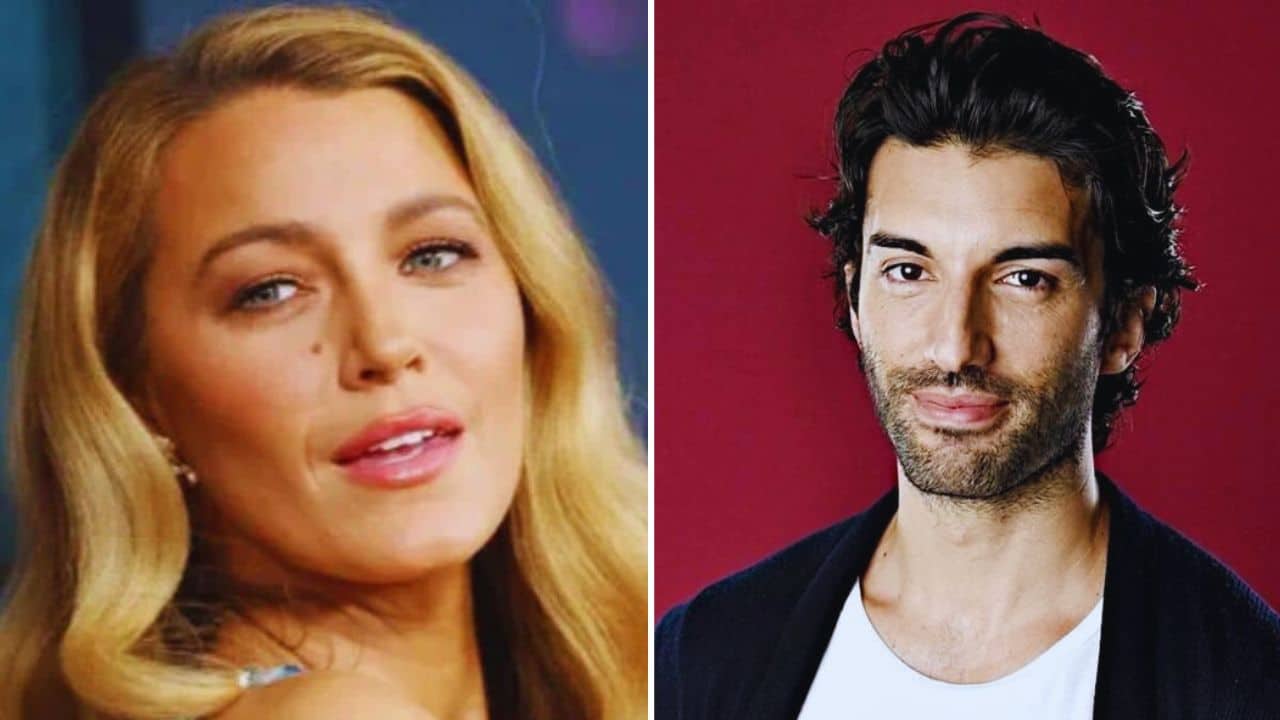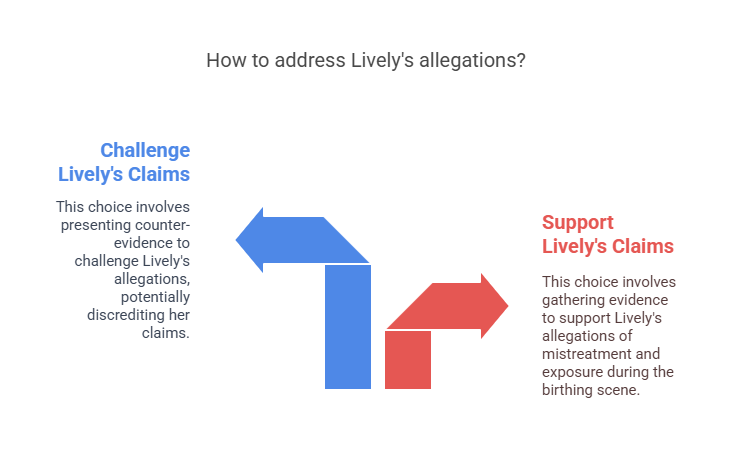The escalating legal drama between Blake Lively and Justin Baldoni over their film It Ends With Us has taken another turn, as a crew member from the production has come forward publicly, supporting some of Baldoni’s claims. With lawsuits filed by both stars and new allegations surfacing, this Hollywood feud is growing increasingly complex — now involving producers, cast members, and claims of behind-the-scenes power struggles.
Crew Member Speaks Out: Blake Lively “Tried to Take Power”
In a recent interview with 60 Minutes Australia, Talia Spencer, a storyboard artist for the movie, broke her silence and offered a damning account of what she witnessed during filming. According to Spencer, Lively actively sought to override the vision of the director — Justin Baldoni — and dominate creative decisions the set.
“I feel, like, maybe Blake smelled his kindness — mistook it for weakness — and tried to take advantage and take power,” Spencer said, suggesting Lively’s actions may have undermined Baldoni’s authority as director.
Spencer didn’t mince words about her disappointment over the shift in leadership dynamics on set:
“I think there was a massive compromise in terms of Justin’s original vision for the film. To see it be overtaken by this was definitely a little bit sad.”
While Spencer didn’t offer specifics on how Lively allegedly took control, her words align closely with Baldoni’s lawsuit, which claims the actress exceeded her contractual boundaries.
Baldoni Alleges Lively Hijacked the Creative Process
Baldoni, known for Jane the Virgin and his production company Wayfarer Studios, alleges that Lively began interfering in the production process from the very beginning. In a lawsuit filed in the Southern District of New York, he claimed Lively took over key elements of the production — including wardrobe decisions, script rewrites, and even attempted control over the film’s editing.
According to the lawsuit:
-
Wardrobe Control: Lively allegedly insisted on controlling all creative decisions related to her costume design — something traditionally handled by the film’s costume department.
-
Script Interference: She reportedly rewrote her own lines and even changed lines for other actors during filming without prior approval.
-
Editing Room Demands: Most notably, Lively reportedly demanded to be involved in the editing process — a role usually reserved for the director and editors. Her participation was not included in her contractual agreement.
“Wayfarer and Sony found themselves in the unprecedented and uncomfortable predicament of having two competing versions of the film: one made by the film’s actual director, and one made by a person with no contractual or creative right to even approach the editing bay,” Baldoni’s legal team wrote.
Lively threatened to stop promoting the film, according to Baldoni’s team, unless she had control over post-production decisions. According to the lawsuit, Baldoni tried to accommodate her requests out of fear of backlash from Lively and her team, including her husband, actor Ryan Reynolds.
Actor Challenges Lively’s Harassment Allegations over Birthing Scene
The case has been further complicated by conflicting testimonies. One of the film’s actors, Adam Mondschein, who played Dr. Dunbar, has publicly challenged Lively’s claims about being exposed and mistreated during the filming of a birthing scene.
In her original lawsuit, Lively described the scene as invasive and humiliating. She said she was “mostly nude” with only a small piece of fabric covering her private parts and accused Baldoni of failing to close the set properly — allowing non-essential personnel to watch during a vulnerable scene.
However, Mondschein has contradicted this narrative.
“I’m not going to speculate as to Ms. Lively’s motivations for mentioning me in the complaint,” Mondschein told Fox News Digital. “Needless to say, my experience working with her is very different than the one she described.”
He clarified that Lively was not “nearly nude,” as she had claimed. Instead, she wore a full hospital gown, black shorts, and a prosthetic torso designed to simulate pregnancy. Mondschein added that Lively never expressed discomfort on set and that the entire scene was handled in a professional manner.
“She never complained or expressed discomfort at any point because nothing unusual or improper occurred,” he said. “It was entirely professional.”
Blake Lively’s Sexual Harassment Lawsuit: Her Side of the Story
Blake Lively filed the original lawsuit against Baldoni, alleging sexual harassment, emotional distress, and a hostile working environment during production. She claimed Baldoni allowed non-essential people into the room during the birthing scene, violating standard industry protocols for filming intimate or nude scenes.
According to her legal complaint:
-
The birthing scene was “chaotic, crowded and utterly lacking in standard industry protections.”
-
She asserted that her legs were in stirrups, leaving her exposed.
-
She alleged Baldoni and the production team failed to close the set or respect her boundaries.
She also accused Baldoni of orchestrating a smear campaign after the movie’s release to defame her character and undermine her credibility — a campaign, she says, that was carried out through coordinated media leaks and PR efforts.
Baldoni’s $400M Counterlawsuit and Claims Against Ryan Reynolds
In response, Baldoni filed a $400 million countersuit accusing Lively of false allegations, defamation, and civil extortion. His legal filing extended blame to Lively’s husband Ryan Reynolds and her longtime publicist, Leslie Sloane, alleging the trio worked together to intentionally damage Baldoni’s reputation and career.
The countersuit also claimed:
-
Lively fabricated sexual harassment claims to shift attention from the film’s negative press.
-
She used her industry power to undermine Baldoni’s authority, aiming to salvage her public image.
-
Baldoni experienced mental and emotional trauma, as well as career damage, as a result of the accusations.
No Settlement in Sight as Court Date Is Set
Despite months of back-and-forth legal filings and public statements, both parties have shown no willingness to settle the matter privately. The court has scheduled the trial for March 2026, and the case is expected to draw intense public and media attention.
If the lawsuits go to trial, it could set a major precedent in Hollywood — not only regarding creative control and on-set conduct, but also in how accusations of harassment are handled in high-profile productions with powerful stars on both sides.
The ongoing feud between Blake Lively and Justin Baldoni, along with the intense debate surrounding the behind-the-scenes drama of It Ends With Us, continues to unfold. With witnesses beginning to take sides and lawsuits stacking up, the 2026 trial promises to be a major flashpoint for conversations around power dynamics, accountability, and professionalism in Hollywood.
As new evidence and testimonies emerge, the public will be watching closely to see how the justice system handles one of the most contentious legal showdowns the entertainment industry has seen recently.






































